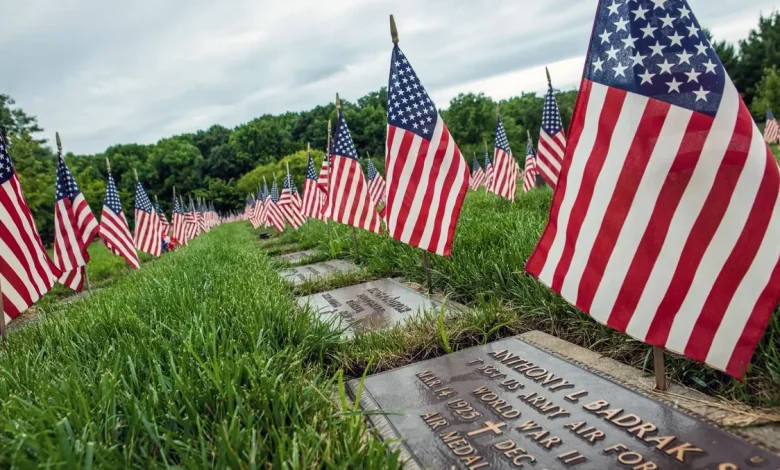Black women who served as World War II nurses were angels of mercy

3-minute read
| Special to the USA TODAY Network
Share your opinion with Delaware Online, The News Journal
Readers are welcomed to share their thoughts and opinions on issues affecting Delaware. 4/17/25
Editor’s note: This essay is excerpted from the book “Black Women in WWII: Greatness Under Fire.”
Segregation, which was the prevailing policy of the military and much of America in 1941, unfortunately extended into the U.S. Army Nurse Corps in World War II. Thousands of Black women filled out applications to serve, only to receive this demeaning response: “Your application to the Army Nurse Corps cannot be given favorable consideration as there are no provisions in Army regulations for the appointment of colored nurses in the corps.”
Mabel K. Staupers, who was the executive secretary of the National Association of Colored Graduate Nurses, lobbied for a change in the policy. First Lady Eleanor Roosevelt also lobbied the army surgeon general to admit Black nurses to the Army Nurse Corps. After this pressure was applied, the army finally allowed a limited number — 56 — to join, using a strict quota system.
As the war continued, the number of Black nurses did increase, tripling by May of 1943. Restricted to segregated hospitals and aid stations, Black nurses served in Africa, Burma, Australia and England. One of the units that deployed to Africa was the 25th Station Hospital Unit. This unit contained 30 nurses. They were sent to Liberia to care for U.S. troops who were protecting airfields and the large rubber plantations owned by an American company. This company supplied America and its allies with the rubber needed in the war. The most serious problem the nurses encountered was malaria.
One of the most humiliating tasks that African American nurses were assigned to do was to care for German POWs. Thousands of these POWs were sent to the United States during the war. In fact, over 300,000 were scattered across the United States in over 600 camps. Many African American nurses saw this task as a slap in the face. As noted earlier, it was very difficult for African American nurses to even be allowed to serve, so to be told that they would be caring for enemy soldiers who fought under the racist Nazi flag added insult to injury. Many of the German POWs did not need much medical care, so the skills of Black nurses were underutilized. They cared for these prisoners in England and the United States. Many of these camps were in the south and southwest part of the country which subjected black nurses to segregation and denial of service in local restaurants and businesses, services that were not denied to enemy POW’s.
Indeed, many German POWs were shocked to see how Blacks were treated in the United States. Black nurses that did not service POWs were sent to segregated military bases to aid Black soldiers.
The last year of World War II saw the rise of casualties among American servicemen. Germany and Japan were close to defeat but fought to the bitter end. As casualties increased, so did the demand for nurses. In early 1945, to address this need, Roosevelt proposed a nursing draft unless an additional 18,000 volunteered. Since 9,000 applications of black nurses were ignored, civil rights groups made their displeasure known. Outspoken and influential Harlem-area Rep. Adam Clayton Powell said how “un-American that they have forced our wounded men to face the tragedy of death rather than allow trained nurses to aid because these nurses happen to be of a different color.”
In the end, the proposal to draft nurses into the U.S. Army was ultimately approved. The Navy soon followed. Only 500 African American nurses were allowed to serve, compared to 59,000 white nurses. The sacrifices of these “angels of mercy must never be forgotten.”
Dante Brizill is a veteran social studies educator in Delaware, and is the author of the “Greatness Under Fire” series of non-fiction works, which includes “Black Women in WWII: Greatness Under Fire.”





